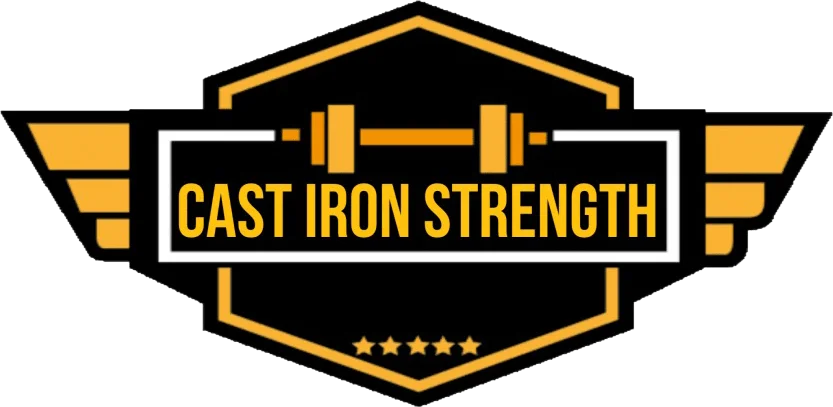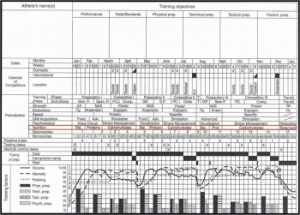TL;DR
- Some researchers are obviously of the opinion that block perodisation means doing the exact same workout (or stimulus) 2 weeks in a row.
- If you want to increase change of direction increase your relative strength and power.
- Both elastic bands and free weights improved lower body performance but free weights provided the most consistent improvement.
- Using an unstable weight can increase the activity of the trunk without sacrificing too much force production whilst using a submaximal load in the back squat.
- For size training to failure and utilizing a large volume are of the utmost importance. To get stronger you need to lift with sufficient volume. Thanks Science.
Block Peroidisation vs Weekly Undulating Perodisation effects on strength and size in females.
17 recreational trained females where randomly assigned into one of two groups block perodisation (BP n=9) and weekly undulating perodisation (WU n = 8). Both groups trained for 10 weeks, 3x per week and both groups performed the same exercises. They were tested at baseline and 10 weeks post the programmes are below as follows
Weekly undulating realised a 12.5% greater increase in lower body strength and a 5.8% greater increase in lower body size as measured by thigh girth.
TL;DR – Some researchers are obviously of the opinion that block perodisation means doing the exact same workout (or stimulus) 2 weeks in a row.
Contributing factors to change of direction ability in professional rugby league players
31 professional rugby league players where assessed for body composition, linear speed, relative strength, power (unilateral and bilateral) and change of direction ability. Players performed the 505 agility test. Linear speed and Relative strength showed the strongest relationship to dominant side performance (61% explination of the variance) whilst body mass and power contributed the most to the non dominant side.
TL;DR – if you want to increase change of direction increase your relative strength and power.
Resistance bands & weights vs weights only
32 females were randomised into two groups free weights only or free weights and elastic bands. Both groups performed a 10 week training programme involving 2 sessions a week. They both utilized the back and split squat into their programmes. Maximal isometric contraction was measured at knee angles of 60, 90 and 120 degrees and countermovement jumps were measured using the same angles both before and after the training programme.
Free weights only increased isometric contraction at 60 and 90 degrees whilst combined training only increased at 60 degrees. Free weights increased significantly at all angles whilst combination group only increased at 60 and 90 degrees. Both groups increased their maximal strength (combined – 25% and Free weights 23%).
TL;DR – Both elastic bands and free weights improved lower body performance but free weights provided the most consistent improvement.
Effects of an unstable load on muscle activation and force production during the back squat.
15 Resistance trained males took part in the study the researchers were looking at the effects of adding weights suspended by an elastic band from a barbell had on muscle activation and ground reaction forces vs lifting on a normal barbell with weights. The researchers found that the unstable weight showed a greater muscle activation in the rectus abdominis, external obliques and soleus. The unstable bar also showed a small but significant decrease in vertical ground reaction force of 3.9%. Although encouraging for the use of unstable loads to produce increased trunk activity without sacrificing too much in the way of vertical force production the participants only used 60% of their 1RM for 10 reps.
TL;DR – Using an unstable weight can increase the activity of the trunk without sacrificing too much force production whilst using a submaximal load in the back squat.
Low load vs High load training to failure what’s good for swole and strength?
Brad Schoenfeld looked at the effects of training with high reps/low load to failure (25-35 reps per set) and low reps/high load to failure (8-12 reps per set) on muscle size and strength. 18 young resistance trained men took part in the study they were split at random between both conditions. Training consisted of 3 sessions per week on nonconsecutive days using 7 exercises over a period of 8 weeks.
Both groups surprisingly showed similar increases in muscular size this would indicate that muscular size might be intrinsically linked to training to failure or is purely volume dependent (both of which we already associate with size training. To train for strength intensity is obviously a very important factor (no shit!).
TL;DR – for size training to failure and utilizing a large volume are of the utmost importance. To get stronger you need to lift with sufficient volume. Thanks Science.




















